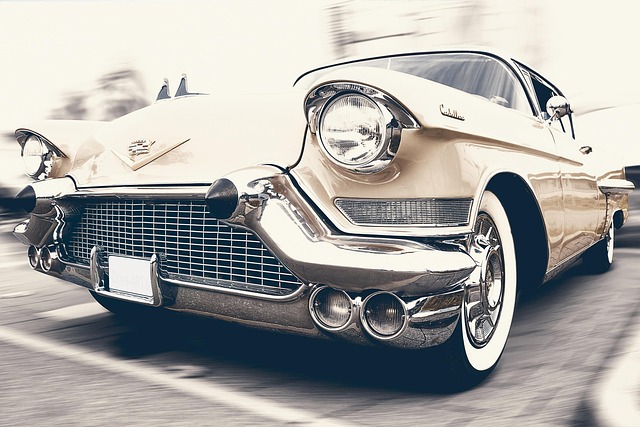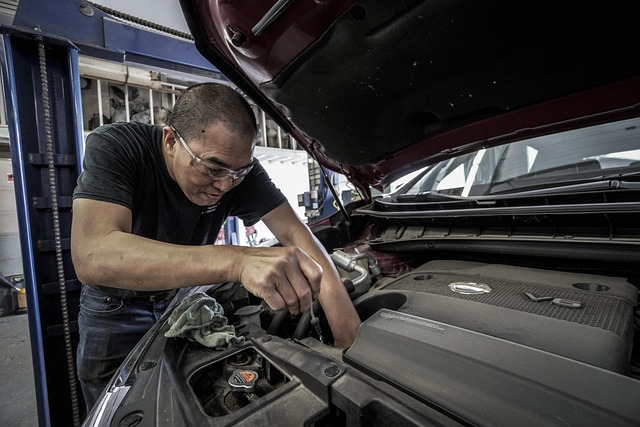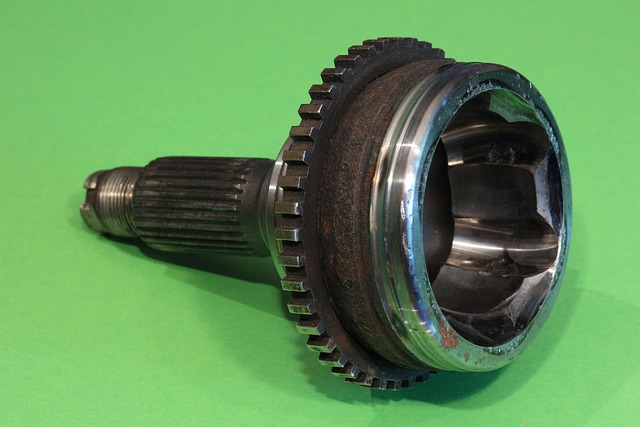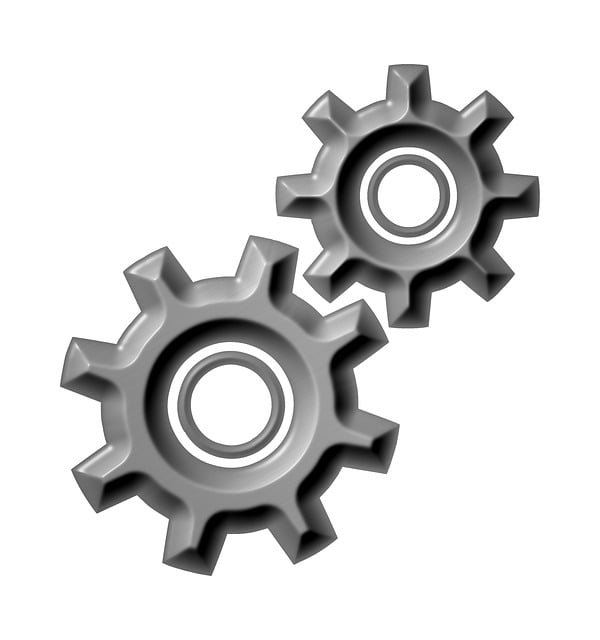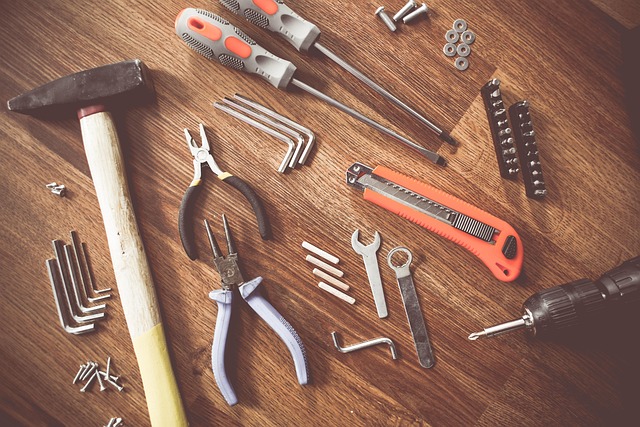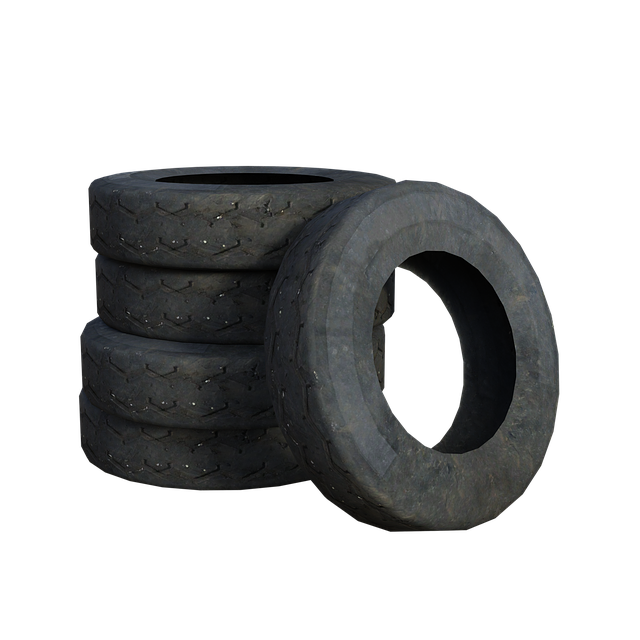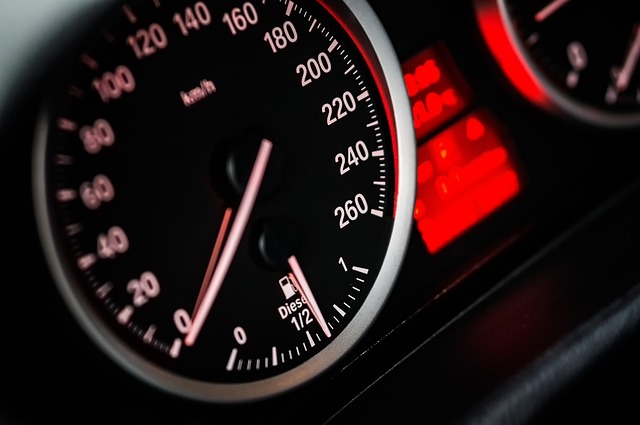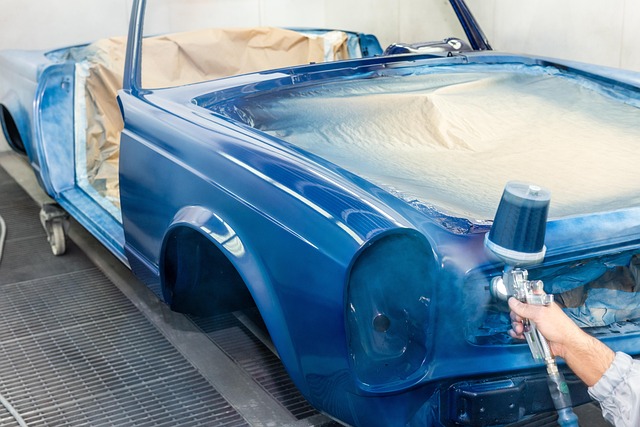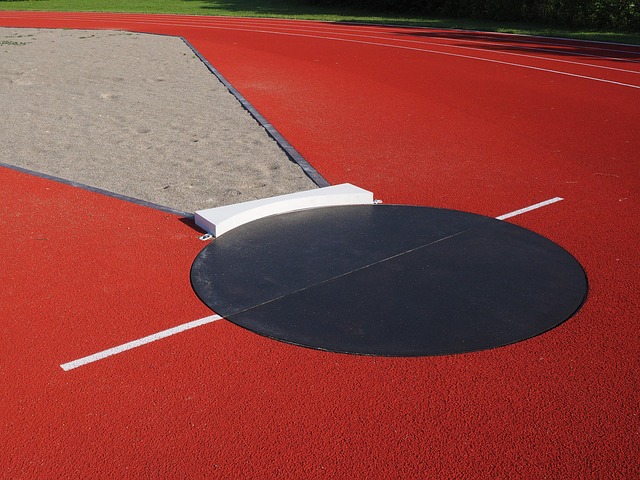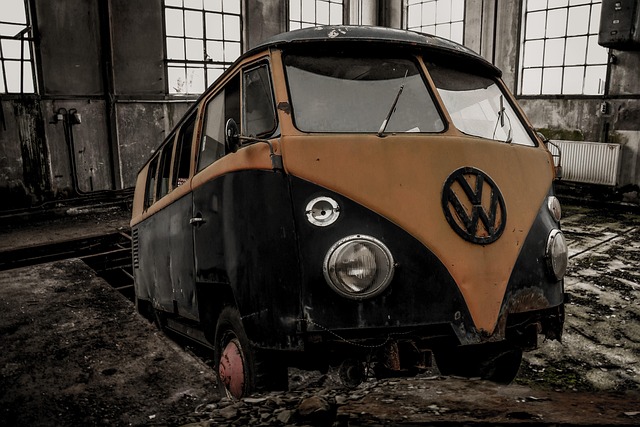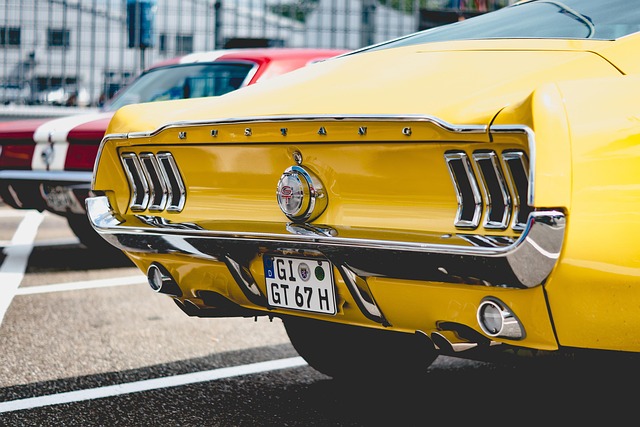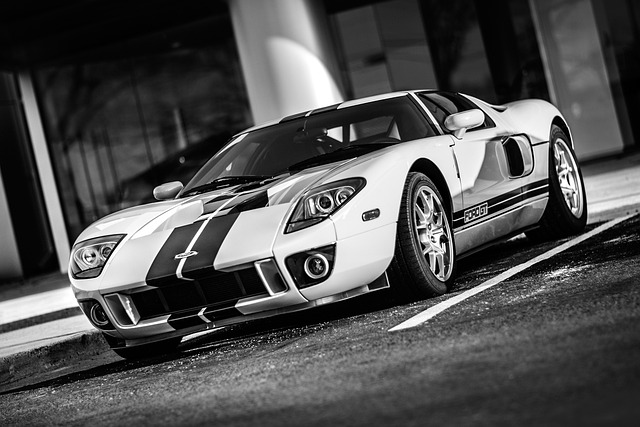In the early days, collision repair shops relied on rudimentary PDR (Paintless Dent Repair) techniques with basic tools. The introduction of early PDR machines brought significant advancements, offering faster and more efficient repairs compared to traditional methods. As body shops adopted PDR, it revolutionized car body restoration by streamlining processes, reducing costs, and preserving the original factory finish. Modern PDR equipment has evolved dramatically, incorporating advanced technologies like air pressure, heat, and sensors for precise dent removal, making it accessible for various auto body services while also improving efficiency over traditional manual methods.
The Evolution of PDR Equipment in Body Shops
Paintless Dent Repair (PDR) has transformed the automotive industry since its inception, offering a swift, cost-effective alternative to traditional panel beating. This article explores the evolution of PDR equipment in body shops, from its early days to modern advancements and future trends. We delve into the historical context, examine the limitations of initial tools, and discuss how technological innovations have revolutionized repair processes. Furthermore, we explore emerging technologies, focusing on sustainability, automation, and AI’s role in shaping the future of PDR for body shops.
- Early Days of PDR Equipment in Body Shops
- – Brief history and initial adoption of PDR (Paintless Dent Repair) techniques
- – Traditional tools used and their limitations
Early Days of PDR Equipment in Body Shops
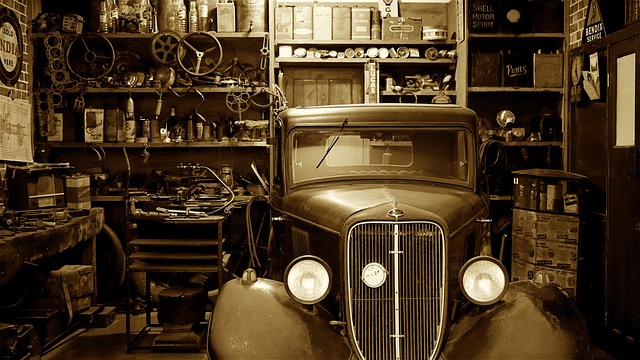
In the early days, PDR (Paintless Dent Repair) equipment in collision repair shops was rudimentary compared to today’s advanced technology. Technicians relied on manual methods and basic tools like hammers, picks, and rubber mallets to remove dents from car bodies. This labor-intensive process required significant skill and precision to avoid damaging the vehicle’s paint or paneling. The introduction of early PDR machines in body shops marked a significant shift, offering a faster and more efficient alternative to traditional repair methods.
These early machines were relatively simple devices designed to help push out dents from the inside of the panel. They consisted of a small hand-held tool with a pneumatic or electric motor that allowed for controlled force application. As collision repair shops began adopting PDR techniques, it revolutionized car body repair, making processes quicker and more cost-effective while also preserving the vehicle’s original factory finish.
– Brief history and initial adoption of PDR (Paintless Dent Repair) techniques

The Paintless Dent Repair (PDR) technique emerged as a revolutionary approach to car body restoration in the late 20th century. Initially adopted by forward-thinking body shops seeking alternative methods to traditional dent repair, PDR promised a faster, more cost-effective solution for auto maintenance. This non-invasive method involves using specialized tools and techniques to gently push out dents from the inside of a vehicle’s panel, eliminating the need for cutting or painting.
Over time, as technology advanced and demand grew, PDR equipment evolved significantly. Modern body shops now employ sophisticated tools that utilize air pressure, heat, and specialized sensors to facilitate precise dent removal. This evolution has not only enhanced the effectiveness of PDR but also made it more accessible, appealing to a wider range of auto body restoration services, including minor car dents and even complex panel replacements in some cases.
– Traditional tools used and their limitations
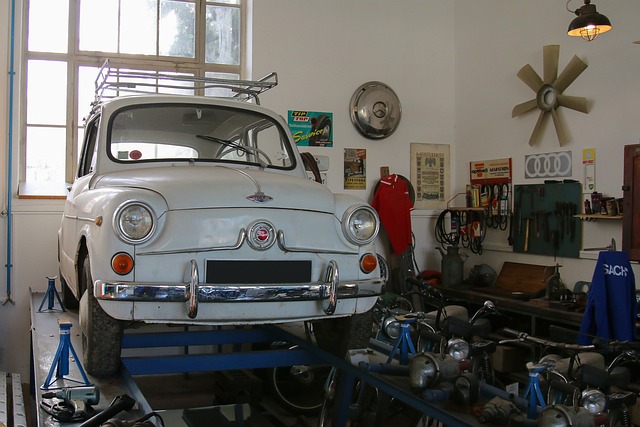
In traditional PDR (Paintless Dent Repair) practices within vehicle body shops, technicians relied on a set of hand tools to remove dents and dings from car bodies. These included rubber mallets, clamps, and various picks designed for different types of damage. While effective for minor dents, this method had several limitations. The process was often time-consuming, labor-intensive, and required significant skill to avoid damaging the vehicle’s paint or underlying panels. In a collision center or car bodywork shop, where speed and efficiency are crucial, these traditional tools could not always meet the demands of a bustling environment.
Each tool had its specific purpose, catering to various dent shapes and sizes, but the lack of standardization meant that technicians often spent precious time selecting the right instrument for each job. Additionally, the manual nature of the work led to fatigue among staff, potentially impacting the quality of repairs. The limitations of these traditional methods sparked a need for innovative solutions, driving the evolution of PDR equipment specifically tailored for body shops and their unique requirements.
The evolution of PDR equipment in body shops has transformed the automotive repair landscape, offering a more efficient and cost-effective solution for dent removal. By embracing innovative technologies, body shops can enhance their service offerings, attract customers seeking advanced repairs, and ultimately drive business growth. As PDR techniques continue to refine and expand, staying updated with the latest equipment ensures body shops remain competitive in the market, providing superior services to their clients.
